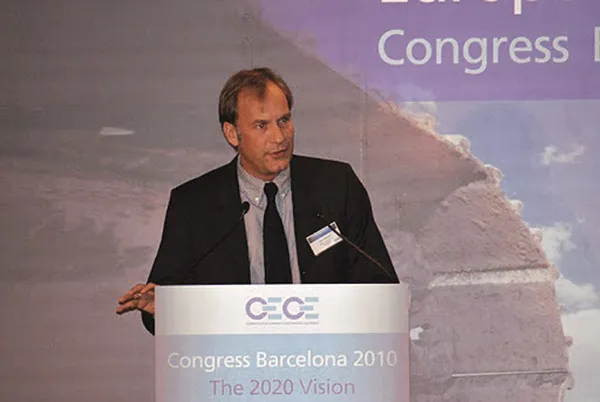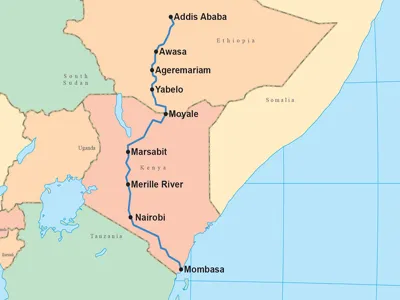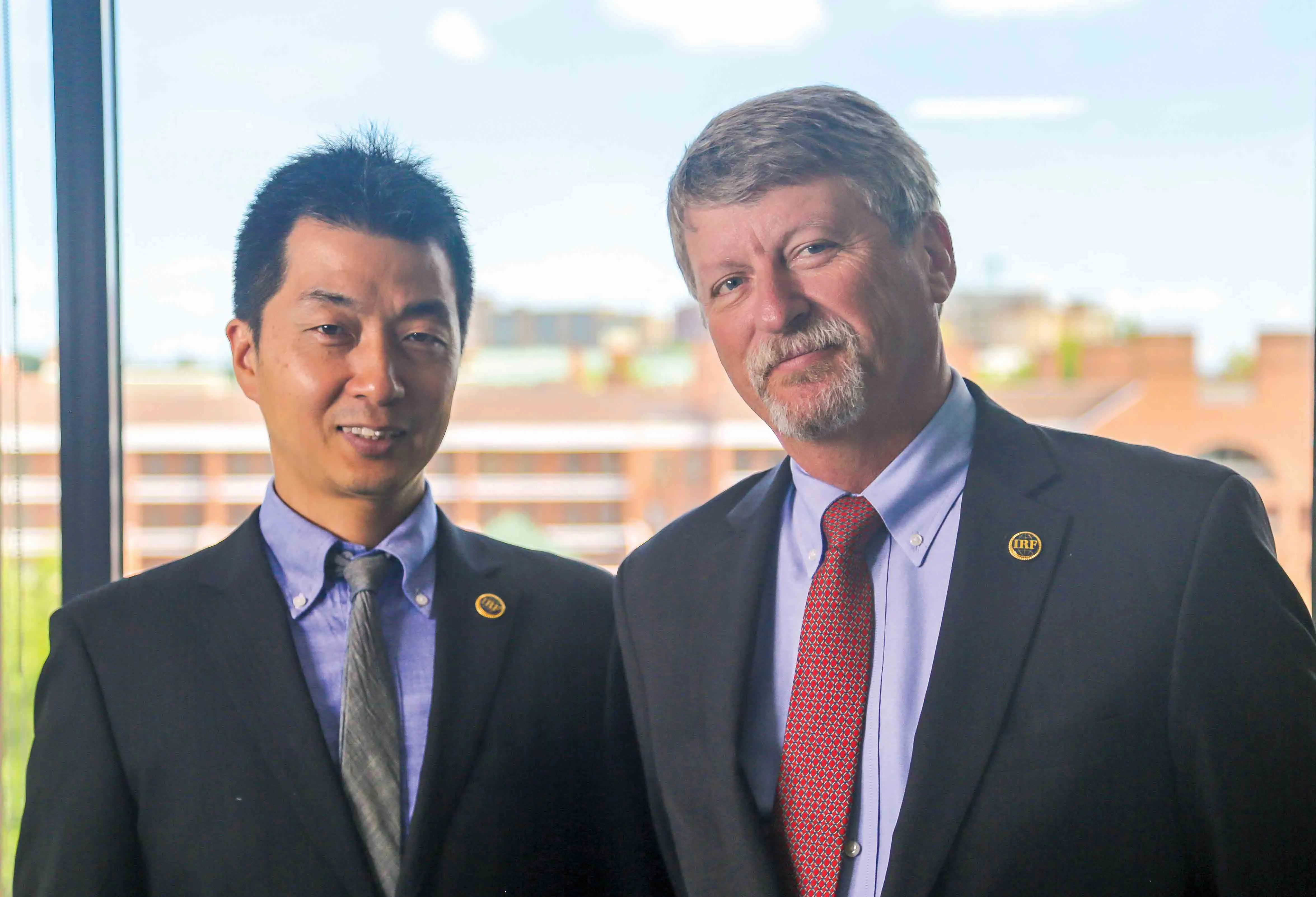Mexican president Felipe Calderon spoke at the opening of the 2011 PIARC World Road Congress in capital Mexico City. Calderon highlighted key issues such as his country's major investment in infrastructure, a move designed to boost mobility and the country's economy.
April 30, 2012
Read time: 2 mins
Mexican president Felipe Calderon spoke at the opening of the 2011 3141 PIARC World Road Congress in capital Mexico City. Calderon highlighted key issues such as his country’s major investment in infrastructure, a move designed to boost mobility and the country’s economy. He said, When I started my administration in 2006 the transport network had a lot of problems, the lack of adequate infrastructure and old narrow highways that were not giving sufficient mobility for the people.” Calderon explained that poor infrastructure affects the income of the population and holds back economic growth, while boosting costs for consumers. He explained that investing in infrastructure boosts development and said, “It will be a driver of growth in Mexico. By the end of this year we will have built and modernised more than 19,000km of roads and highways. We are also carrying out works of great complexity and these are presenting huge challenges. I* want to recognise the quality of Mexican engineers.” Calderon said that the project to build a new highway through the Sierra Madre Mountains poses a particular challenge, with some 120 tunnels and a series of bridges. One of these bridges will be a cable stayed design spanning the Baluarte River in Durango State, with the deck of the structure some 390m above the river below. The four lane bridge also features a tunnel at one end, which has posed further challenges during its construction. The new highway system is transforming Mexico’s network. Calderon said, “We are going from a radial model which is obsolete to a model in which it will no longer be necessary to go through Mexico City.” He explained that the new highway links are running from east to west and north to south, cutting journey times from coast to coast from 4-1.5 hours for example. Calderon said, “A renovated infrastructure is of absolute importance to the Mexican people.” “We have followed a development policy of public and private financing. Another factor is that is absolutely important is the transparency of the bidding process to reduce litigation. Calderon said that building infrastructure also helps put the country to work and lift it out of recession, an important point when its neighbour to the north is still suffering economically. It is clear that Calderon and his administration have learned valuable lessons from the actions of the Roosevelt administration many years ago. ”









